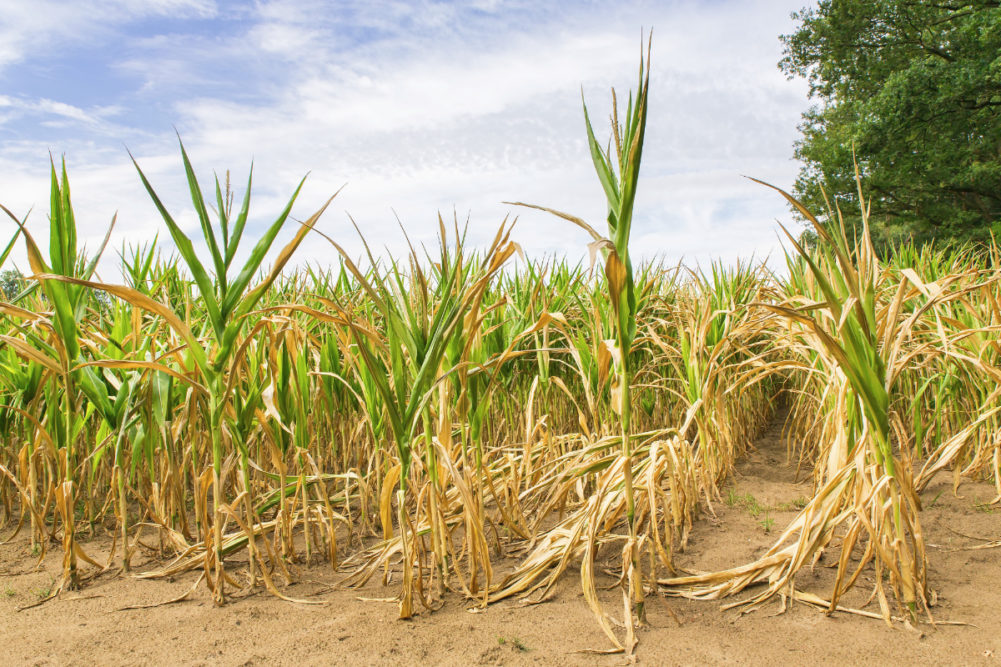DENVER, COLORADO, US — Faced with soaring property insurance premiums, grain and farm supply cooperatives can take some steps to mitigate the increase, including improving internal loss control and using a hybrid insurance program, according to a new study from CoBank.
The world has seen an increase in the frequency and severity of weather-related losses of catastrophic events that have resulted in losses to property, supply chains and life. US losses to catastrophes totaled $170 billion in 2022, which is triple the long-term average dating to 1980, according to CoBank’s Knowledge Exchange report.
“Over the past three years, cooperatives and their property-casualty insurers have faced a perfect storm of excessive property losses due to floods, tornados and a host of severe weather events,” said Kenneth Scott Zuckerberg, lead farm supply and biofuels economist for CoBank. “And those losses have come during an inflationary period when the costs for labor and building materials needed to repair physical structures were much higher.”
US property and casualty (P&C) insurers have responded by raising prices. Cooperatives paid 40% to 60% more (risk-adjusted) during the 2023 renewal season. Rates for customers that experienced property losses during 2020-22 increased up to 100%.
Given the magnitude of the above-average losses, one underwriter, Austin Mutual, exited the market. There are now six principal players providing property insurance to US ag cooperatives.
CoBank believes that commercial property insurance rates will remain high for the next 12 to 18 months as P&C companies attempt to make up for recent year losses and pursue rate adequacy in an environment of high costs for labor, building materials and financing.
“While there’s no silver bullet solution, there are steps cooperatives can take to manage their premiums,” Zuckerberg said.
CoBank outlined in its study five strategic options for companies to consider for mitigating rising insurance costs.
- Upgrade infrastructure. Modernizing property and equipment to better handle catastrophic events makes sense but the timing is not ideal as interest rates are 500 basis points higher today than the beginning of 2022, CoBank said. This response may not offer a compelling return on investment.
- Form a captive insurer. This entails forming an insurance subsidiary that provides risk management and mitigation services to a parent organization. However, captives typically make sense only for large organizations.
- Participate in a risk retention group. These are insurance companies owned by its members and allow businesses in the same industry to pool their risks into a special purpose insurance company. While these have been tried before with grain cooperatives, the concept proved challenging in concept, CoBank said.
- Improve internal loss control. Research found that cooperatives may be able to reduce property insurance program costs with better operational, field and logistical analytic software, such as next-generation remote sensing, data gathering and decision technologies to enhance internal risk management. Being able to document improved risk management, the cooperative should be able to negotiate insurance coverage that closely relates to exposure ratings as opposed to broader industry loss experience-driven rate increases, CoBank said.
- Purchase coverage through a hybrid insurance program that blend the benefits of traditional and non-traditional insurance. The non-traditional component gives cooperatives the opportunity to exercise greater control over their own risk management practices and the ability to self-insure more risk. The traditional component provides the security of using an established insurance company that has consistent reinsurance support and less capital intensity.






